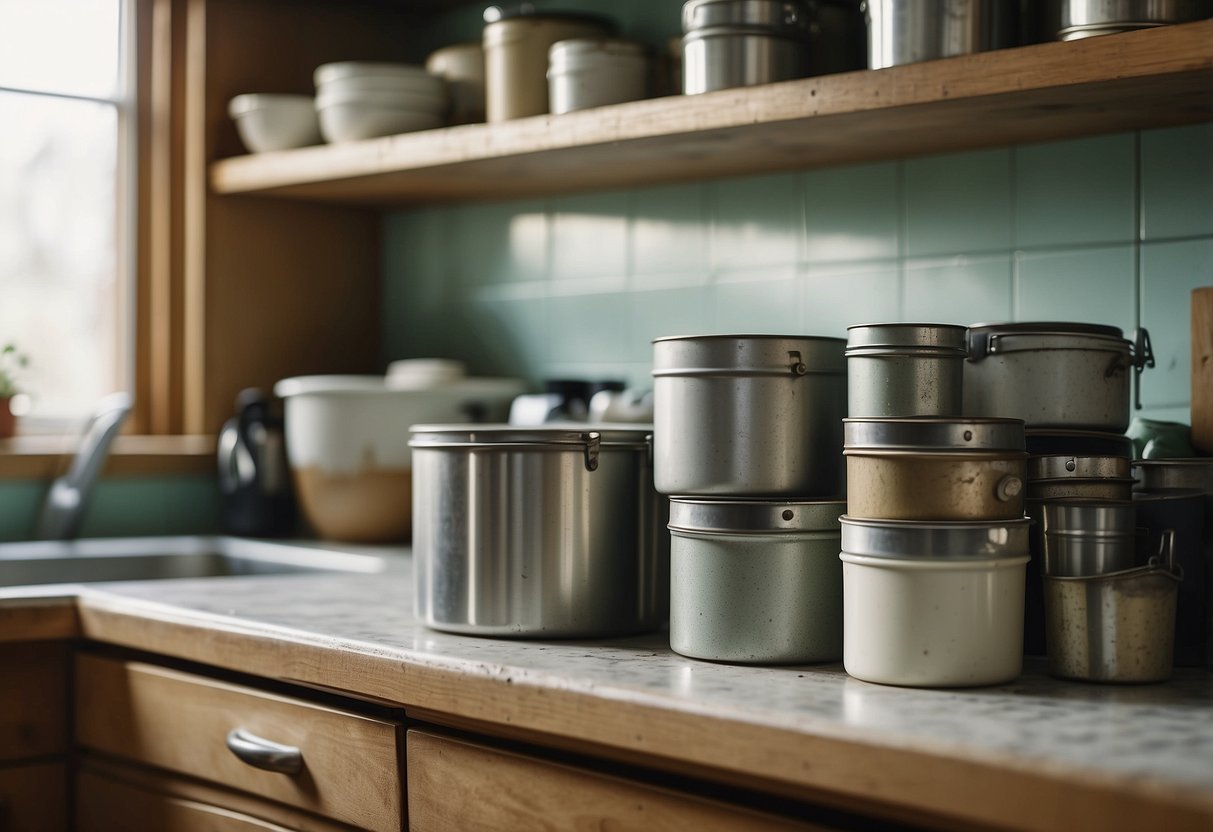How to Renovate Your Kitchen on a Budget: Expert DIY Tips and Cost-Saving Ideas
Selecting Cost-Effective Materials
By focusing on materials that offer both durability and affordability, homeowners can effectively manage renovation costs. Consideration for longevity and ease of installation plays a vital role in making budget-friendly choices.
Choosing Durable Flooring Options
When it comes to choosing flooring on a budget, laminate and tile are excellent options. Laminate flooring is not only affordable, but it also mimics the appearance of wood or stone, providing a sophisticated look without the high price tag. It is also relatively easy to install, which can save on labor costs.
Tile is another durable and water-resistant choice that works well in kitchens. Ceramic or porcelain tiles are available in a variety of styles and price ranges, making it easy to find a design that fits the budget. They are also low-maintenance and long-lasting, further contributing to cost savings over time.
Vinyl flooring is another viable choice for those looking to save money. Modern vinyl options can convincingly imitate wood, stone, and ceramic, providing a high-end appearance at a fraction of the cost. It’s also durable and easy to maintain, making it an ideal choice for a busy kitchen environment.
Picking Budget-Friendly Countertops
For countertops, laminate remains one of the most budget-friendly options. Laminate countertops come in various colors and patterns, some even mimicking more expensive materials like granite or marble. They are easy to clean and maintain, making them a practical choice for many homeowners.
Butcher block countertops offer another affordable and stylish option. They provide a warm, rustic look and can be sanded down to remove any stains or scratches, prolonging their lifespan. Regular sealing and maintenance are required, but the overall cost remains lower compared to other materials.
Tile countertops can also be a cost-effective solution. While they might require more maintenance to keep the grout lines clean, tiles are inexpensive and offer considerable flexibility in terms of style and pattern. Homeowners can even install them as a DIY project to save on installation costs.
DIY Cabinet Makeover

Updating your kitchen cabinets can dramatically change the look and feel of your space. Options include refacing or painting your cabinets, and updating the hardware and doors for an impactful transformation.
Refacing vs. Painting Cabinets
Refacing cabinets involves replacing the cabinet doors and drawer fronts while keeping the existing cabinet boxes. This method can give the appearance of brand new cabinets without the cost of a full replacement.
On the other hand, painting cabinets is a more cost-effective option. It primarily involves cleaning, sanding, priming, and painting the existing cabinets. This method allows for creative freedom with color choices, enabling a fresh, customized look. Both approaches have their benefits, depending on the desired outcome and budget.
Installing Hardware and Doors
Updating cabinet hardware such as handles, knobs, and hinges can instantly modernize kitchen cabinets. Hardware replacement requires minimal tools and can usually be completed in a single afternoon.
Installing new cabinet doors can also make a big difference. Options include custom doors for a tailored look or pre-made doors for a quicker and more economical solution. Ensure precise measurements for smooth installation and a polished finish.



